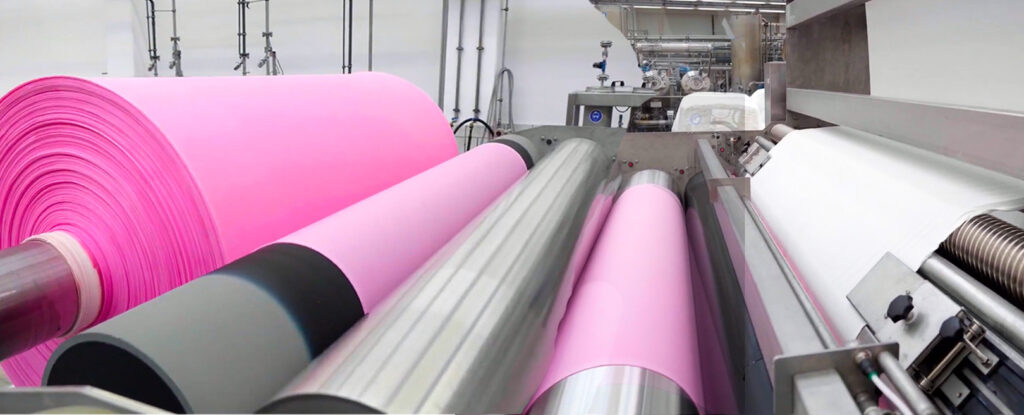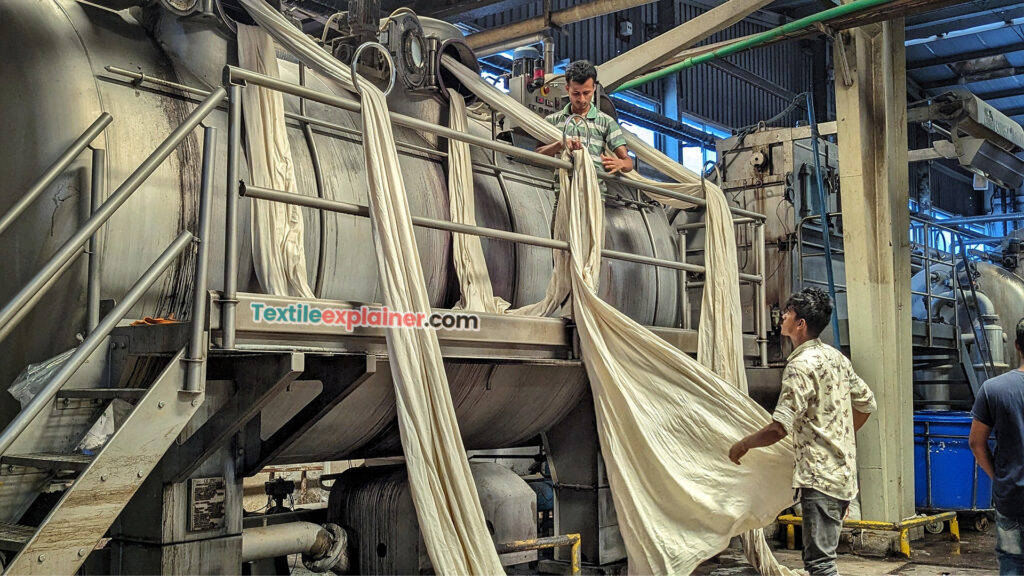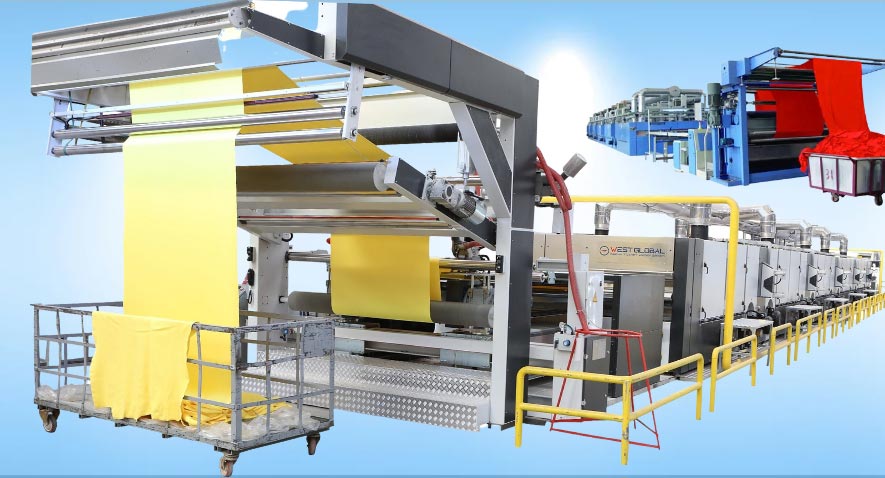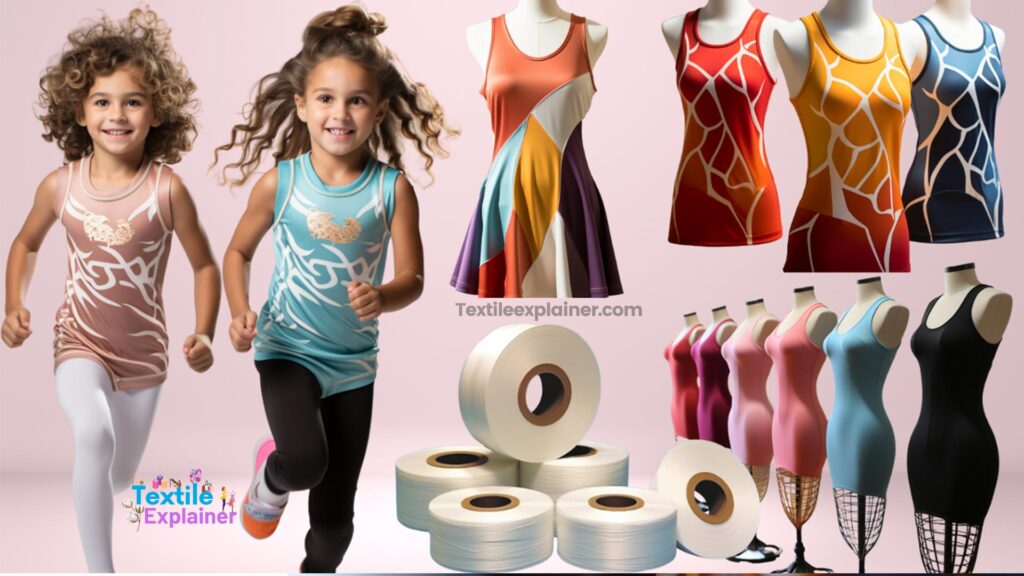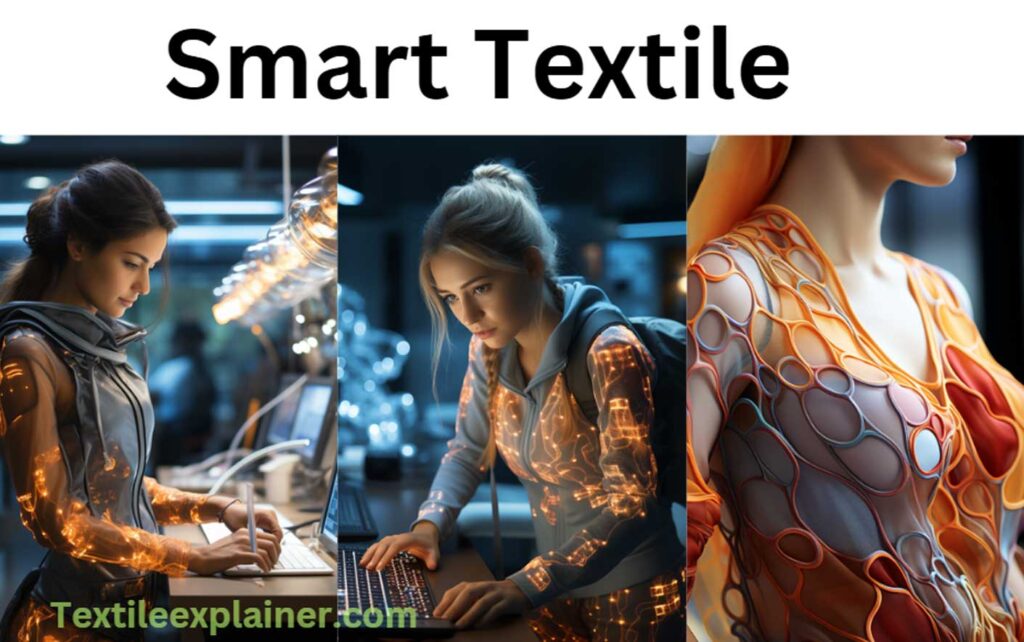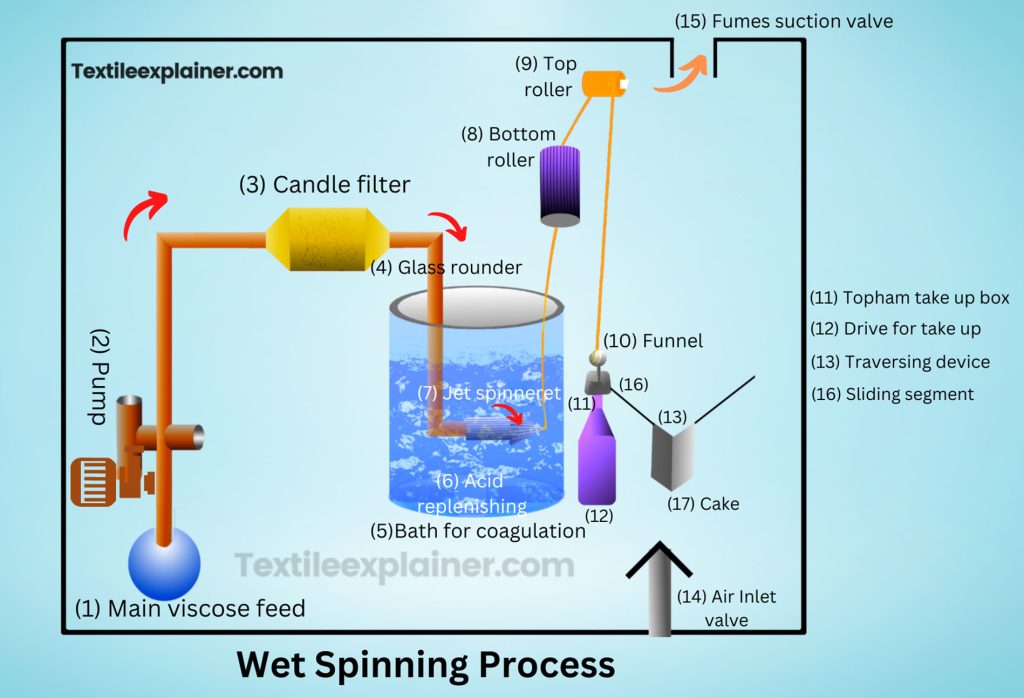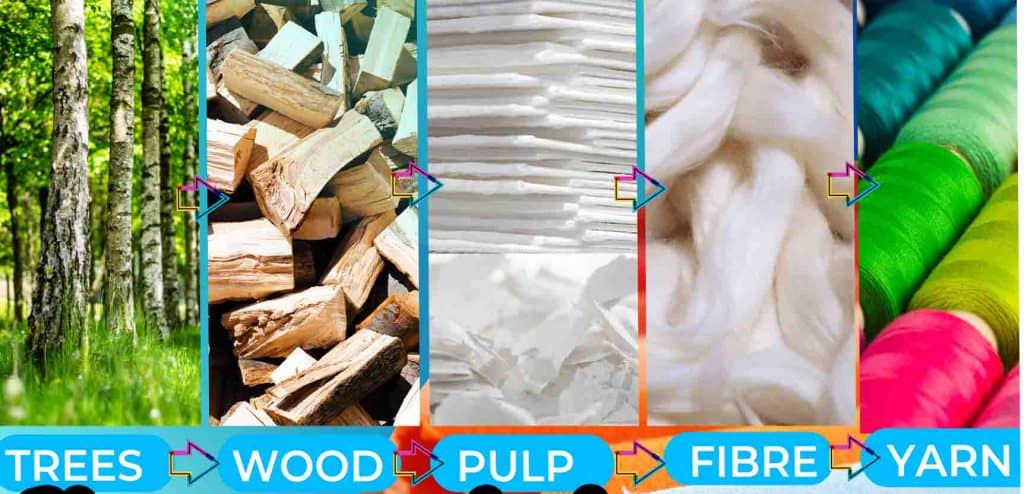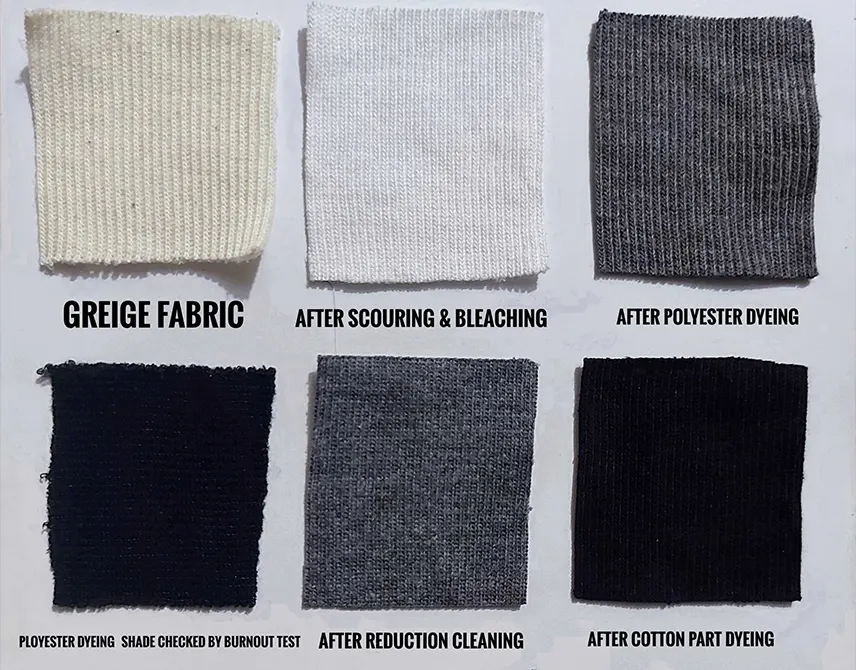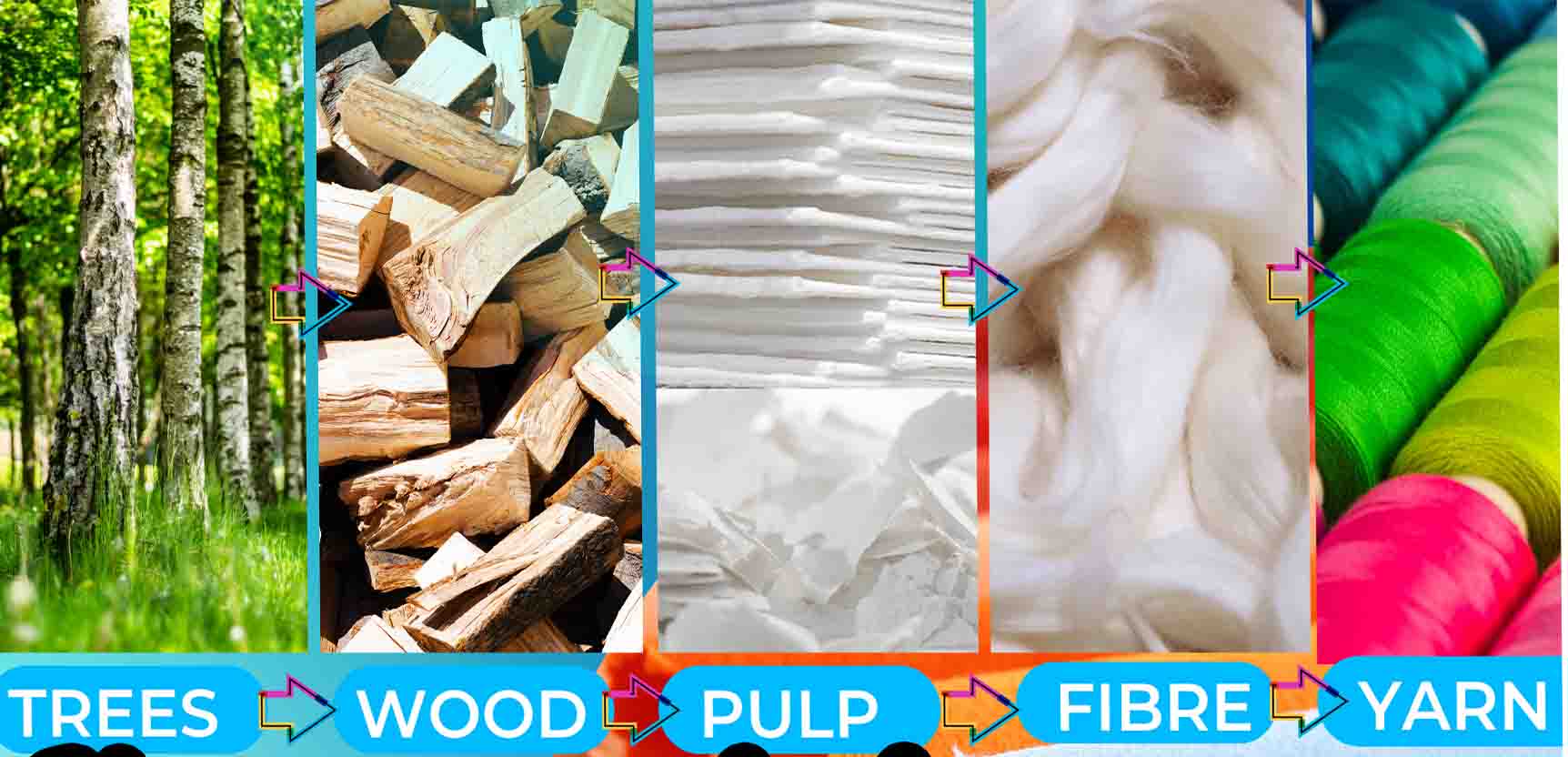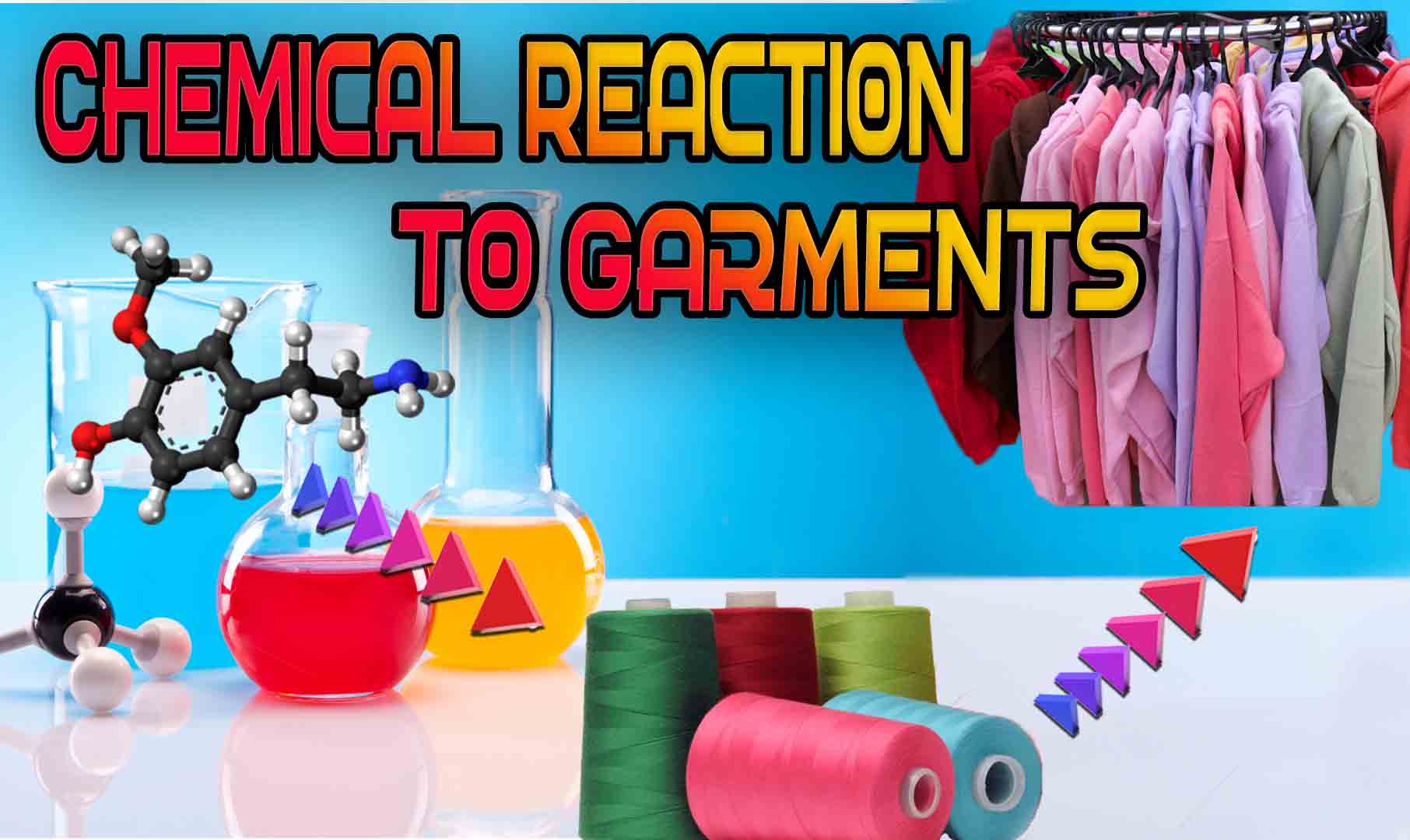Washing fastness test method: iSO 105 C06
Washing Fastness: Washing fastness refers the ability of a dyed fabric to retain its original shade against fade during washing. The washing fastness test examines the color fastness of all kind of textile materials after the washing procedure. Consumers launder their fabric at some time in the lifespan of the textile. Change of color or […]
Washing fastness test method: iSO 105 C06 Read More »







